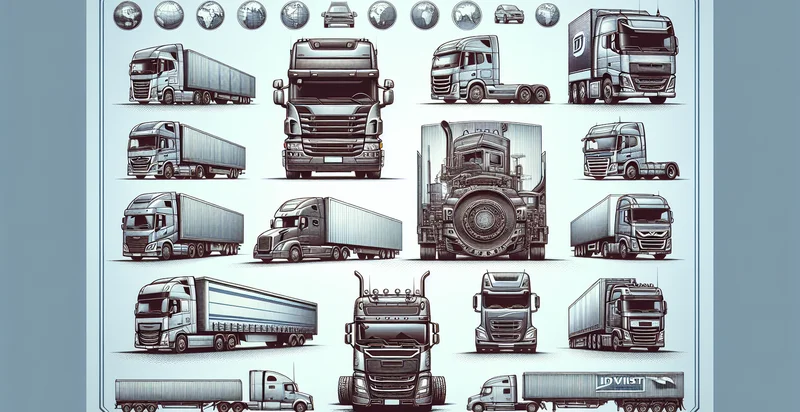Identify peterbilt models
using AI
Below is a free classifier to identify peterbilt models. Just upload your image, and our AI will predict if it's a Peterbilt model - in just seconds.

Contact us for API access
Or, use Nyckel to build highly-accurate custom classifiers in just minutes. No PhD required.
Get started
import nyckel
credentials = nyckel.Credentials("YOUR_CLIENT_ID", "YOUR_CLIENT_SECRET")
nyckel.invoke("peterbilt-models", "your_image_url", credentials)
fetch('https://www.nyckel.com/v1/functions/peterbilt-models/invoke', {
method: 'POST',
headers: {
'Authorization': 'Bearer ' + 'YOUR_BEARER_TOKEN',
'Content-Type': 'application/json',
},
body: JSON.stringify(
{"data": "your_image_url"}
)
})
.then(response => response.json())
.then(data => console.log(data));
curl -X POST \
-H "Content-Type: application/json" \
-H "Authorization: Bearer YOUR_BEARER_TOKEN" \
-d '{"data": "your_image_url"}' \
https://www.nyckel.com/v1/functions/peterbilt-models/invoke
How this classifier works
To start, upload your image. Our AI tool will then predict if it's a Peterbilt model.
This pretrained image model uses a Nyckel-created dataset and has 2 labels, including Peterbilt 389 and Peterbilt 579.
We'll also show a confidence score (the higher the number, the more confident the AI model is around if it's a Peterbilt model).
Whether you're just curious or building peterbilt models detection into your application, we hope our classifier proves helpful.
Related Classifiers
Need to identify peterbilt models at scale?
Get API or Zapier access to this classifier for free. It's perfect for:
- Fleet Management Optimization: The true image classification function can be used by fleet management companies to automatically identify different Peterbilt models within their vehicle inventory. This can help in tracking maintenance schedules, optimizing routes by identifying model-specific capabilities, and improving overall asset management.
- Insurance Assessment: Insurance companies can leverage this image classification technology to verify the model of Peterbilt trucks when processing claims. By confirming the model, insurers can ensure accurate coverage and pricing, reducing fraud risk and streamlining the claims process.
- Parts Inventory Management: Truck parts suppliers can utilize this classification function to identify Peterbilt models for inventory tracking and management. Knowing the exact model helps in maintaining accurate stock levels, reducing lead times for parts orders, and improving customer service.
- Market Analysis: Automotive market research firms can employ this classification tool to analyze the prevalence of different Peterbilt models across various regions. This analysis can inform strategic marketing efforts, focus product development, and help understand consumer preferences based on model availability.
- Sales and Lead Generation: Automotive dealerships can incorporate this image classification function into their CRM systems to identify Peterbilt models from customer-uploaded images. This will enhance lead generation by providing targeted sales pitches based on the specific models customers are interested in.
- Training and Education: Vocational schools and training centers can use image classification to develop instructional materials focused on Peterbilt models. This can enhance hands-on training experiences, ensuring future technicians can accurately identify and work on various truck models.
- Compliance and Regulation Monitoring: Regulatory bodies can utilize this technology to monitor compliance among transportation fleets by quickly identifying Peterbilt models in operational environments. This facilitates enforcement of regulations such as emissions standards and vehicle safety requirements, ensuring fleet compliance without extensive manual inspections.


